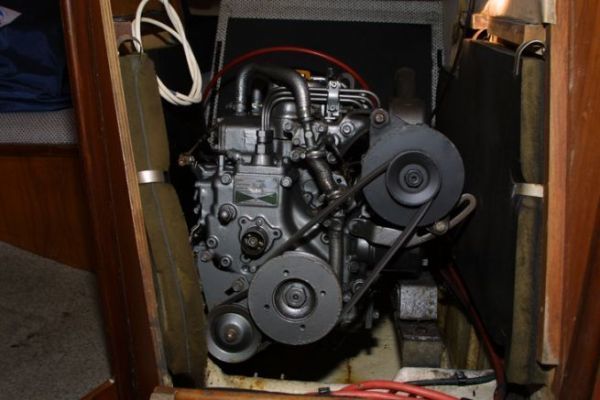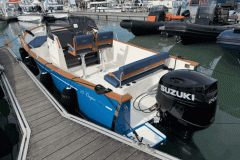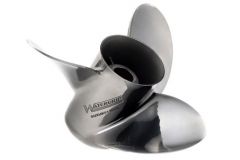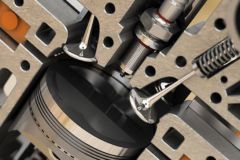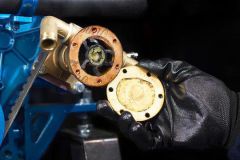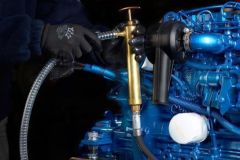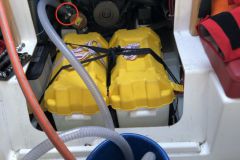Before entrusting their engine to a professional, many yachtsmen choose to carry out some of the routine maintenance themselves. But oil changes and filter replacements are not done at random. There are a few things you need to know to avoid mistakes, silly breakdowns and even more serious mechanical risks. Here are the key points of engine maintenance within the reach of a good do-it-yourselfer.
Engine oil change: every how many hours or years?
A marine diesel engine doesn't work like a car. It can run for a short time, but idle for a long time. That's why oil changes are generally carried out every 100 to 150 hours of operation, or at least once a year if the boat isn't used much. Some engines will tolerate up to 200 hours, but it's better to aim high. Below 50 hours a year, the logic of the calendar takes over from that of the schedule. It's not just a question of the quantity of oil, but also of its quality, as time degrades it.
Motor oil: mineral, semi-synthetic or synthetic?
Older marine diesel engines prefer mineral oils, which are less detergent. Modern engines readily accept semi-synthetic or synthetic oils, which are more stable at high temperatures. The key is to respect the recommended viscosity (often 15W40 for marine engines) and not to change oil type without cleaning the system. When cruising, we strongly advise you to take a top-up container with you to top up in the event of abnormal oil consumption.
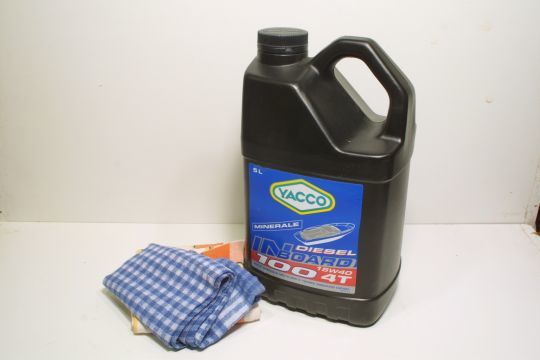
Oil filter: always change when changing oil
It's a simple but compulsory rule: the oil filter must be replaced at every oil change. It retains metal particles and combustion residues. Unscrew it with a special wrench and lubricate the new gasket before screwing it in by hand. Never force it.
Oil diluted with diesel: an invisible trap
The presence of diesel in the engine oil is sometimes betrayed by a dipstick that smells of GO. This may be due to repeated cold starts or injection faults. An oil level that rises without explanation should sound the alarm. The risk is twofold: loss of oil viscosity and diesel rising to the top of the engine. An immediate oil change is recommended. And if the phenomenon recurs, a more thorough check by a mechanic is essential.
Cooling circuit: don't be fooled by appearances
A marine engine can be cooled directly by seawater or by a freshwater circuit via an exchanger. In all cases, an annual check-up is useful. For closed-circuit engines, the coolant should be changed every 2 to 3 years. For seawater-cooled engines, it's best to inspect for salt deposits, leaks and, above all, the seawater pump impeller.
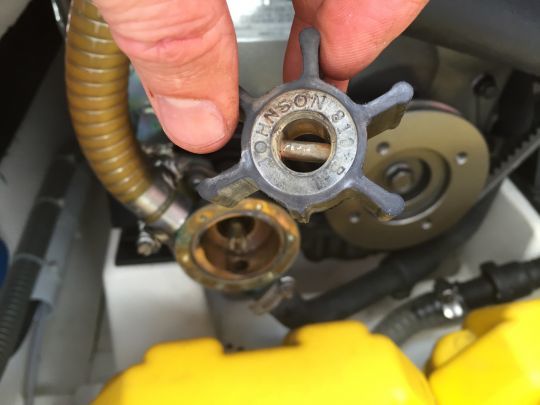
Water pump impeller: the expensive little rubber part
It's often the culprit behind overheating. The impeller wears out over time, especially if it runs dry. It should be checked once a year and replaced every 2 years, or even every year if the engine is subject to heavy use. Having a spare turbine on board is a good precaution.
Engine descaling: useful but not magic
Idling for hours on end in and out of port fouls engines. A good periodic throttle under load, at 80% of max revs, for 20 minutes can limit the build-up of carbon deposits. You can also add an additive, but it's better to act on the engine speed itself. Be careful not to overwork a cold engine. Engines with turbochargers also need to be revved regularly. Running at low revs for too long will prevent the turbo from turning and cause damage. Remember to accelerate!
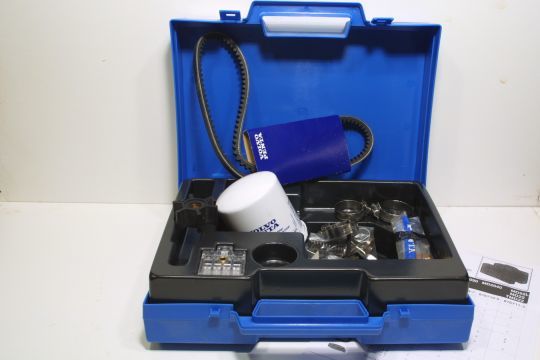
Fuel filter: change regularly, especially after wintering
The diesel filter (and its decanter) must be drained regularly. It stores water and impurities in the fuel tanks. After wintering, or after a questionable fill-up, the filter should be replaced. If the filter is clogged, the engine may stall without warning. Some models feature a bulb to simplify priming the circuit and restarting the engine after filter replacement.
In short, there's nothing rocket science about maintaining a sailboat diesel engine, but it does require rigor and method. A few simple gestures will give you peace of mind at sea, while extending the life of your engine. And, above all, to stay in control.

 /
/ 